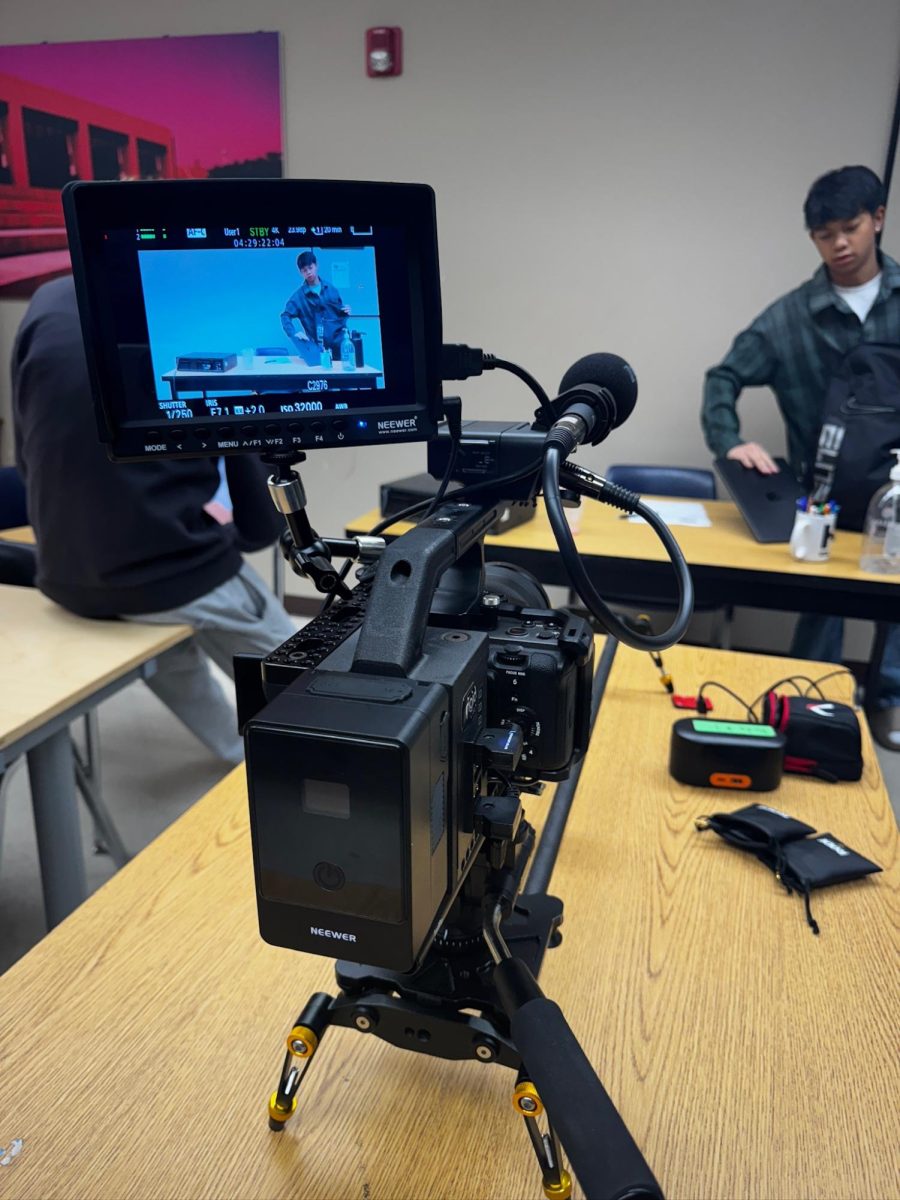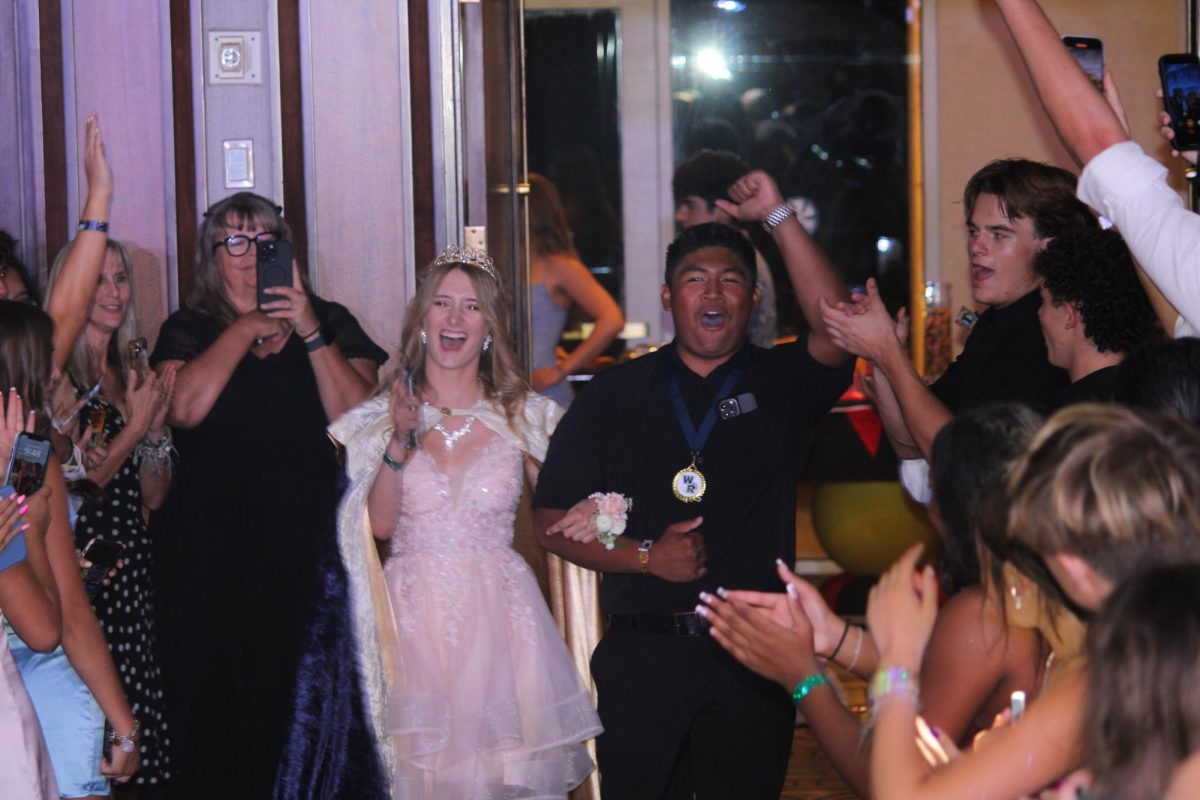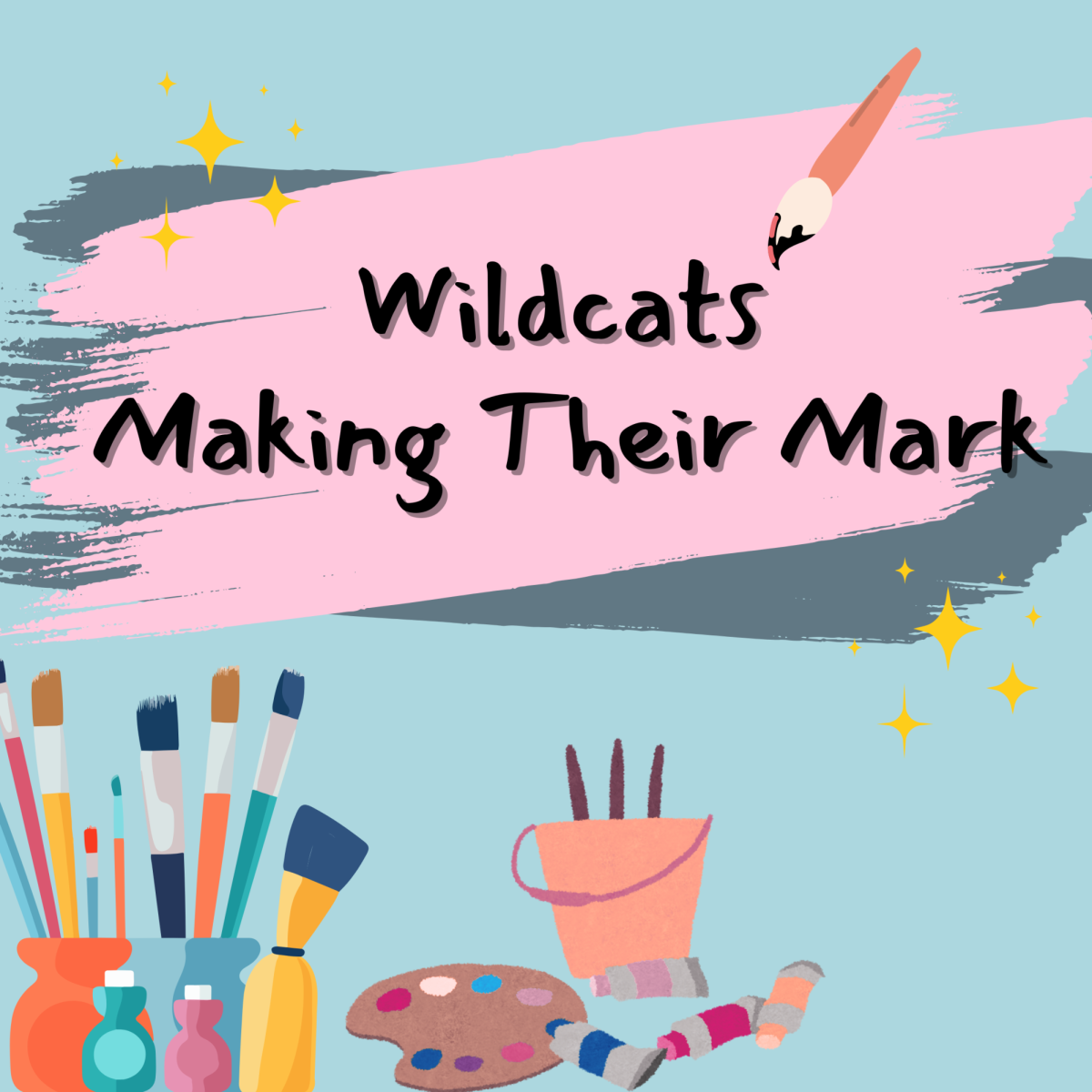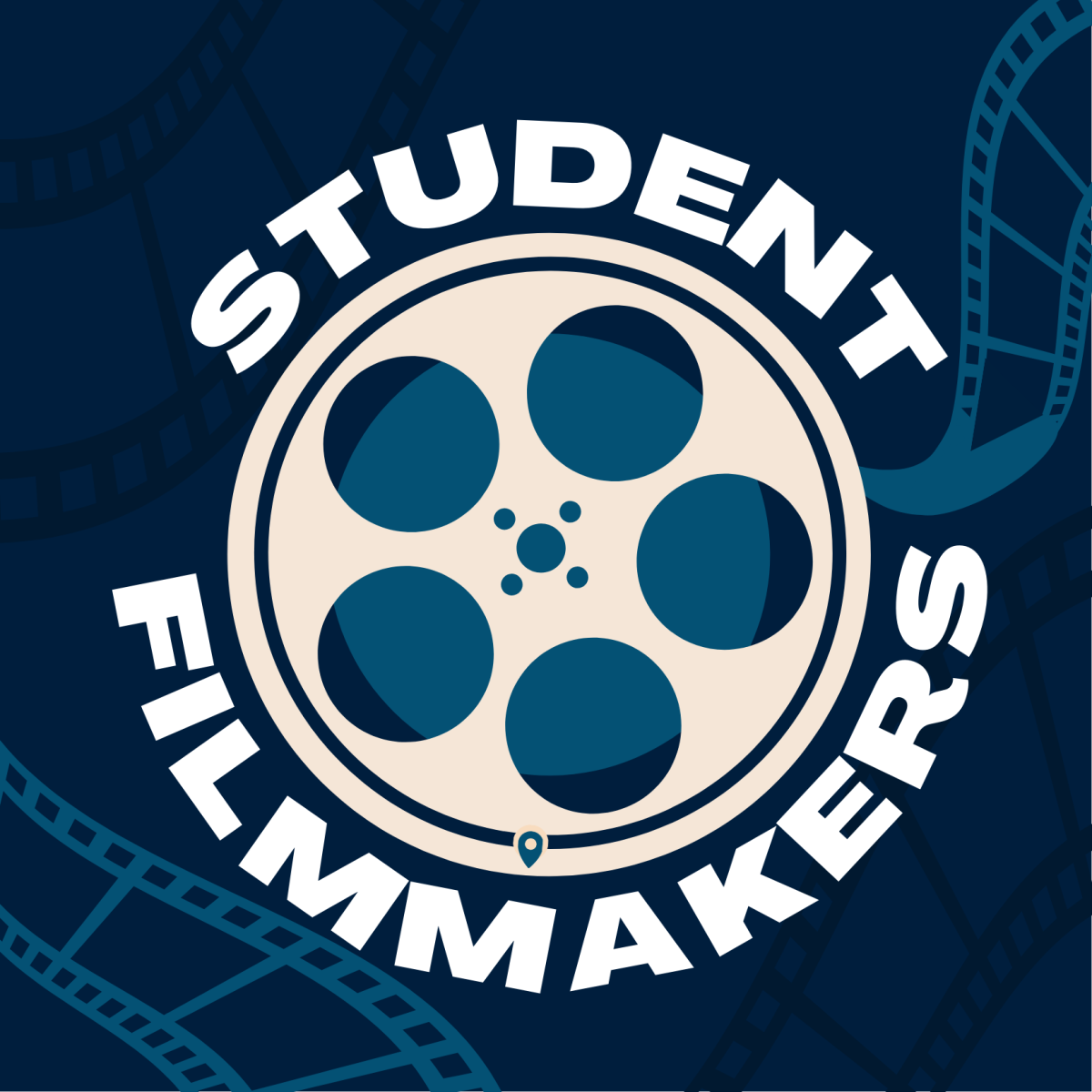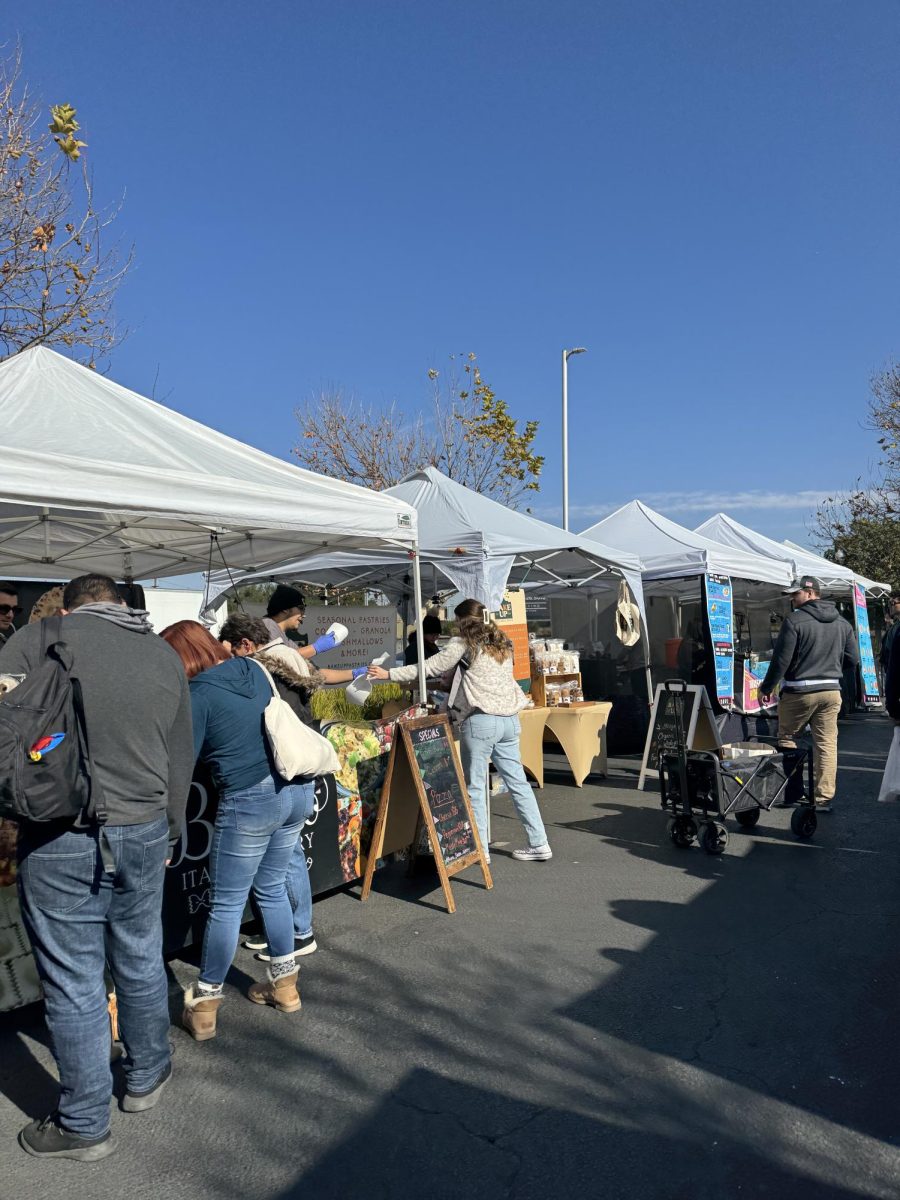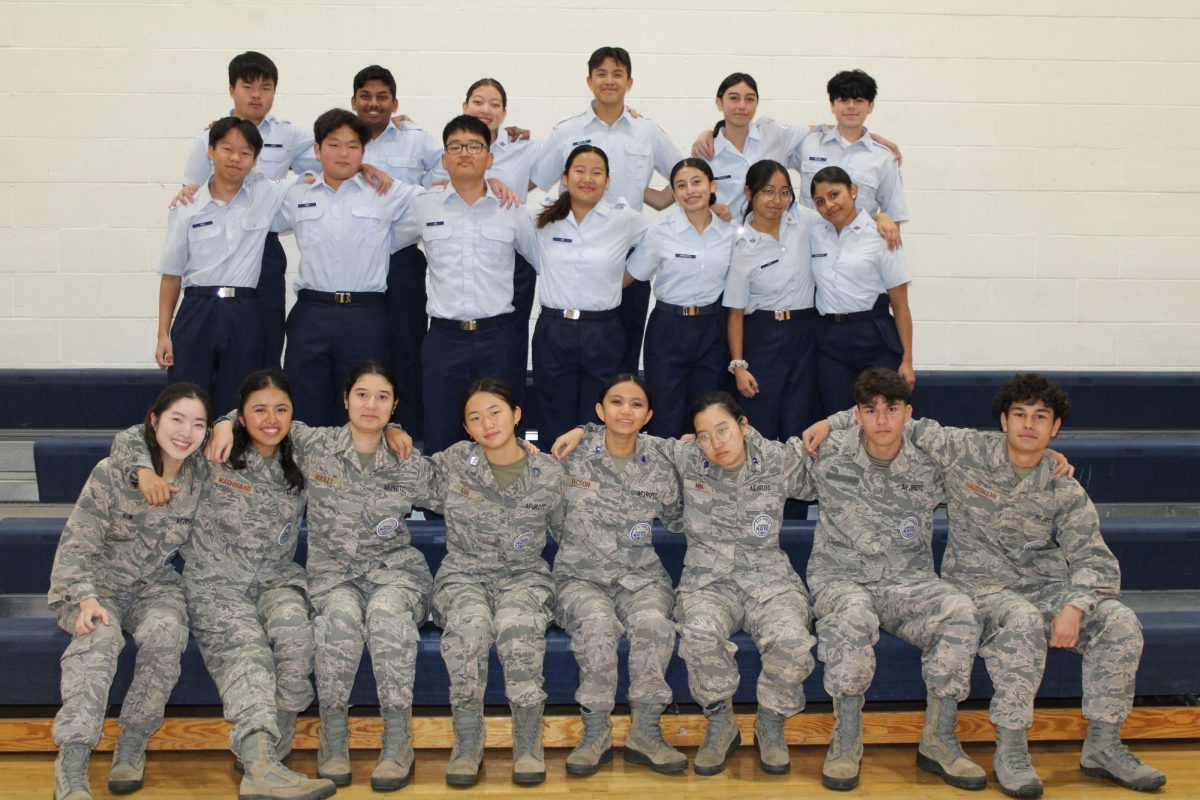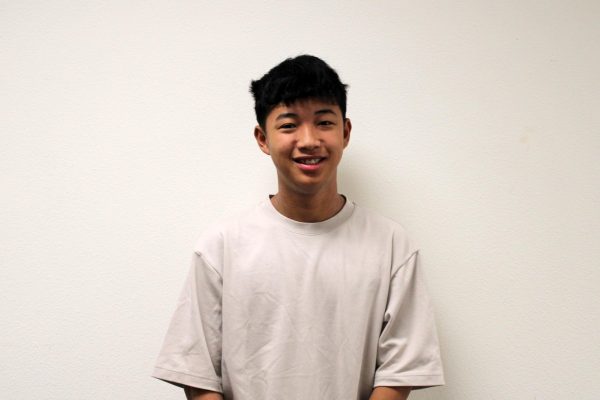West Ranch TV is home to many aspiring videographers and film producers. Outside of hosting their daily shows, students in the program choose to train their creativity and skills by producing short films. Whether for competitions or for broadcasting, these films are produced with hours of work towards a final product. Here’s what goes on behind the scenes of a WRTV short film:
Brainstorming
A short film is difficult to do alone, which is why most films have a designated crew to split up the work. Junior Greyson Foster detailed that “recognizing the strengths and weaknesses within the crew and being resourceful is a huge part of independent filmmaking.” Furthermore, divvying up a team with a good balance can help in remaining focused on the project.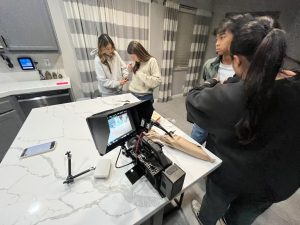
The stories all start with a creative inspiration. Although most projects have some broad structure or prompts, it is up to the team to give life to the story. Foster explained, “My crew sets dates for brainstorming sessions to bounce feelings, inspirations, etc. off one another, which sparks the first step of creating an idea worth producing.”
After finding a general approach to the story, the next step is to write an effective narrative. For Foster, he approaches this by viewing the story from an emotional standpoint: “Capturing emotion is key to writing a good story. Christopher Nolan said it best: ‘Don’t try to understand it, just feel it.’” Foster argues that when a film is built with this principle, storytelling becomes more complex and organic.
Lastly, Foster explained that a key factor in these films is engagement. The audience has to be engaged with what they’re watching, meaning that storytellers must be passionate about the ideas to create something that entices the viewers. Foster emphasized, “If you can’t love the film and its meaning yourself, why should you force others to try to?”
Production
Narratives can be supplemented with strong visual language to create and emphasize a message effectively. Cinematography acts as a way to communicate with the audience without dialogue. Visual factors can greatly transform a story beyond what is shown on screen. Junior Lauren Lamb illustrated, “The way something is shot deeply influences how we interpret the story’s message.”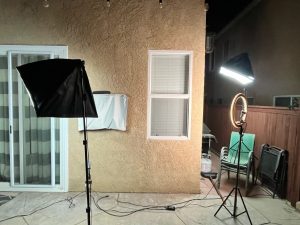
There are many technical considerations that go into creating complex visual communication. Junior Jayden Gomez suggested an example, “Placing the camera above a character can make the audience feel a sense of power over them.” Playing with the framing of the camera is just one of the ways that storytellers can use their creativity to enhance the audience’s experience.
Throughout the process, the crew must be flexible to face some challenges with time management, technical difficulties and scheduling conflicts. Problem solving on the spot is part of the process to overcome any difficulties. Lamb revealed that “to handle these problems, we always have a plan B, stay adaptable and communicate clearly with the team.” Pre-production planning also can be crucial in this stage to minimize any surprises.
Editing
Editing is important to the creation of a final product as it helps to bring the story together. Scenes are looked at with an analytical view as every shot needs to have a purpose in the story. This is where intention greatly matters as the pacing, tone and emotional beats of the film are crafted in post-production. Lamb highlighted the importance of editing: “A well-shot scene can still fall flat if the editing doesn’t support the narrative flow or emotional arc.”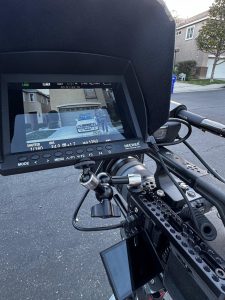
There are many factors that can greatly transform a scene in the editing phase. Color grading, sound adjustments and scene transitions can change how the audience connects with what they are watching. For Gomez, something she values is the music: “I recently worked on a documentary and added music to a segment. It was amazing how a simple song added so much depth and emotion to the story.”
Once the team believes that the product is finalized, they look for peer review. Asking others for feedback helps give the producers multiple perspectives which they value and trust, especially on elements they may have overlooked. After polishing all the technical aspects, the crew ensures that the story flows seamlessly and captures emotion the way it is intended, using a mix of instinct and logic that helps them know their piece is done.
Overall, short films offer a great opportunity for creatives. From fine tuning production skills to learning how to work with others, those involved in working on a short film can find great benefit from the experience.
Cats, make sure to stay tuned in for the next WRTV film!

